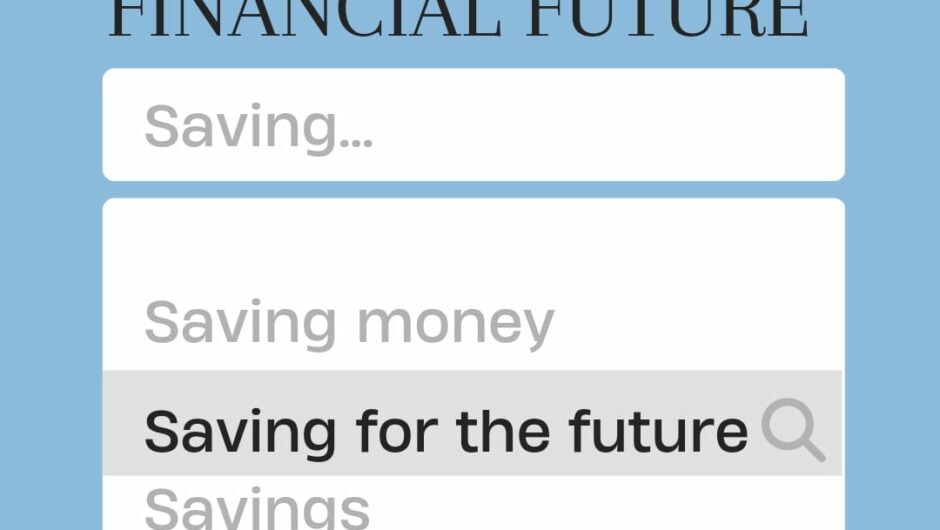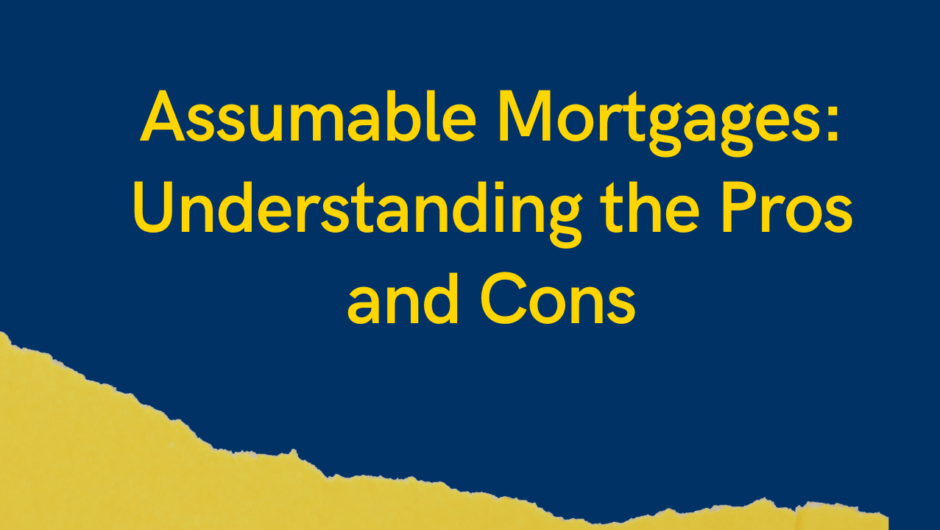While the idea of securing financial stability through insurance may seem appealing, purchasing an endowment policy is often criticized as a suboptimal choice. Endowment policies, traditionally marketed as a blend of insurance and investment, come under scrutiny for their inherent complexities, low returns, and inflexibility. This critique is particularly relevant in the context of evolving financial landscapes and diverse investment options. Exploring the reasons behind why buying an endowment policy might not be a prudent decision unveils the need for a nuanced understanding of financial instruments and the pursuit of more efficient avenues for wealth creation.
The Initial Appeal of Insurance-Investment Hybrid
The allure of an insurance-investment hybrid, as presented by endowment policies, often lies in the promise of providing both financial protection and a savings component. This dual functionality appears attractive to individuals seeking a bundled solution to address their insurance needs while accumulating savings over time. The initial appeal often stems from the assurance of a lump sum payout at the end of the policy term, creating a perception of a disciplined savings plan. Additionally, the inclusion of a life insurance component offers policyholders a sense of security, with the promise of financial protection for their loved ones in the event of an unfortunate demise.
The blend of insurance and investment is marketed as a convenient way to secure one’s financial future, making endowment policies seem like a holistic financial planning tool. The potential for a maturity benefit, coupled with the emotional appeal of safeguarding family members, contributes to the initial appeal of endowment policies. However, a closer examination of the intricacies involved reveals that this apparent simplicity may mask underlying complexities and limitations, prompting a critical evaluation of whether this insurance-investment hybrid is genuinely the most advantageous choice for individuals seeking both protection and financial growth.
Limited Returns and Low Transparency
One significant drawback associated with endowment policies is the criticism of offering limited returns coupled with a lack of transparency in the investment component. The returns provided by endowment policies are often lower when compared to alternative investment options available in the market. The structure of endowment policies involves a portion of the premium being allocated towards insurance coverage and the remainder invested. However, the returns from the investment component are typically conservative, aiming to ensure the safety of the principal rather than maximizing potential gains.
Moreover, the lack of transparency in the investment process raises concerns among policyholders. The intricate nature of how premiums are invested, the allocation strategies, and the actual returns generated can be challenging for policyholders to decipher. This opacity diminishes the ability of policyholders to make informed decisions about their investments and may leave them questioning the true value and effectiveness of the endowment policy as a financial instrument.
Inflexibility and Long Lock-In Period
Endowment policies are frequently criticized for their inherent inflexibility, primarily due to extended lock-in periods imposed on policyholders. One prominent feature of these policies is the requirement for policyholders to commit to a fixed premium payment schedule and a prolonged lock-in duration. This extended lock-in period restricts policyholders from accessing their invested funds for a significant span, often spanning several years. This lack of liquidity poses a challenge, especially in unforeseen circumstances or when policyholders may require funds for pressing financial needs.
Furthermore, the inflexibility of endowment policies is evident in the fixed nature of premium payments. Policyholders are obligated to pay premiums at regular intervals, and any deviation from this schedule may result in penalties or a reduction in policy benefits. The rigid premium payment structure can constrain individuals, limiting their financial flexibility and potentially causing financial strain in times of economic uncertainties or changing circumstances.
Opportunity Cost of Alternatives and Complexity in Understanding
Investors considering endowment policies often face the challenge of assessing the opportunity cost associated with alternatives, alongside the inherent complexity of understanding the intricacies involved in these policies. The returns offered by endowment policies are frequently criticized for being lower compared to alternative investment options available in the market. This prompts investors to evaluate whether the potential benefits of an endowment policy, such as insurance coverage, justify the foregone returns they could achieve through other investment avenues.
Moreover, the complexity in understanding the terms and conditions of endowment policies adds another layer of concern. The intricacies of premium allocations, fund management, and the calculation of maturity benefits can be challenging for policyholders to grasp fully. This complexity raises questions about the transparency and clarity of these policies, potentially leading investors to explore more straightforward and transparent investment option.
Changing Financial Landscapes and Investment Trends
Endowment policies may face scrutiny in the context of changing financial landscapes and evolving investment trends. The traditional appeal of endowment policies, rooted in a balanced mix of insurance and savings, may be challenged by emerging investment options and changing consumer preferences. The dynamic nature of financial markets and the availability of innovative investment instruments offer investors alternatives that may provide better returns and more flexibility.
With the rise of digital platforms and fintech solutions, investors now have access to a diverse range of investment opportunities, customizable to their risk profiles and financial goals. These options often come with lower fees, increased transparency, and the ability to tailor portfolios according to individual preferences. Additionally, the global shift toward sustainable and socially responsible investments introduces a new dimension that endowment policies may not fully address. Investors increasingly seek opportunities that align with ethical considerations, and the lack of flexibility in endowment policies may limit the inclusion of such values in their investment strategy.
Consumer Awareness and Education
The efficacy of endowment policies as a financial instrument is intricately linked to the level of consumer awareness and education. Adequate understanding of the complexities and nuances of these policies is essential for investors to make informed decisions aligned with their financial goals. Unfortunately, there is often a lack of clarity regarding the terms, conditions, and potential drawbacks associated with endowment policies.
Enhanced consumer education is crucial for individuals to comprehend the opportunity costs, long lock-in periods, and limited flexibility inherent in these policies. This awareness empowers investors to critically assess whether the benefits of an endowment policy align with their specific needs and risk tolerance.
Conclusion
In conclusion, the decision to invest in an endowment policy requires careful consideration, given the evolving financial landscape and the array of alternative investment options. The inherent limitations of endowment policies, such as long lock-in periods, limited transparency, and potential opportunity costs, underscore the need for investor awareness and education. As financial markets advance and consumer preferences change, individuals must critically evaluate whether endowment policies align with their goals. This emphasizes the importance of ongoing education, transparency in financial product communication, and a holistic understanding of evolving investment trends for consumers to make well-informed decisions aligned with their unique financial aspirations.
Also Read:
- Fixed Deposits vs Money Market Funds ; Which One is Right for You?
- International Mutual Funds in India- Should you Invest?
- Should you Invest in retirement savings fund?
- Potential Risk Matrix in Debt Mutual funds- How to Interpret?

Hello, I am Tanisha Kriplani, graduated in computer science from Delhi University. I am passionate about web content writing and have a strong interest in Data Analytics and Data Engineering.












